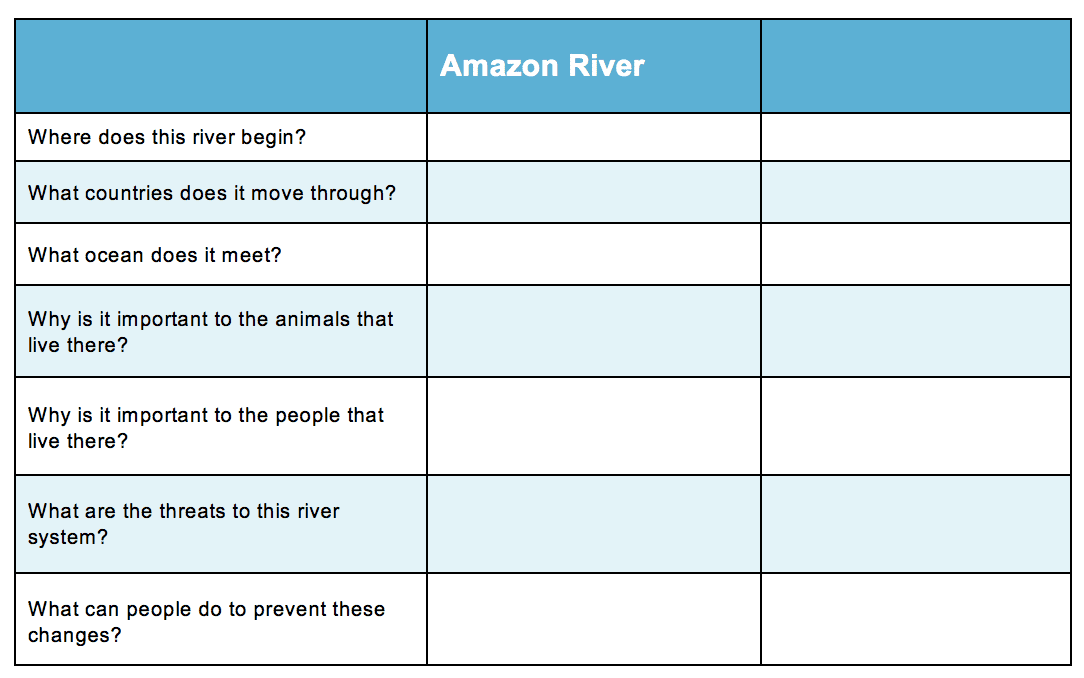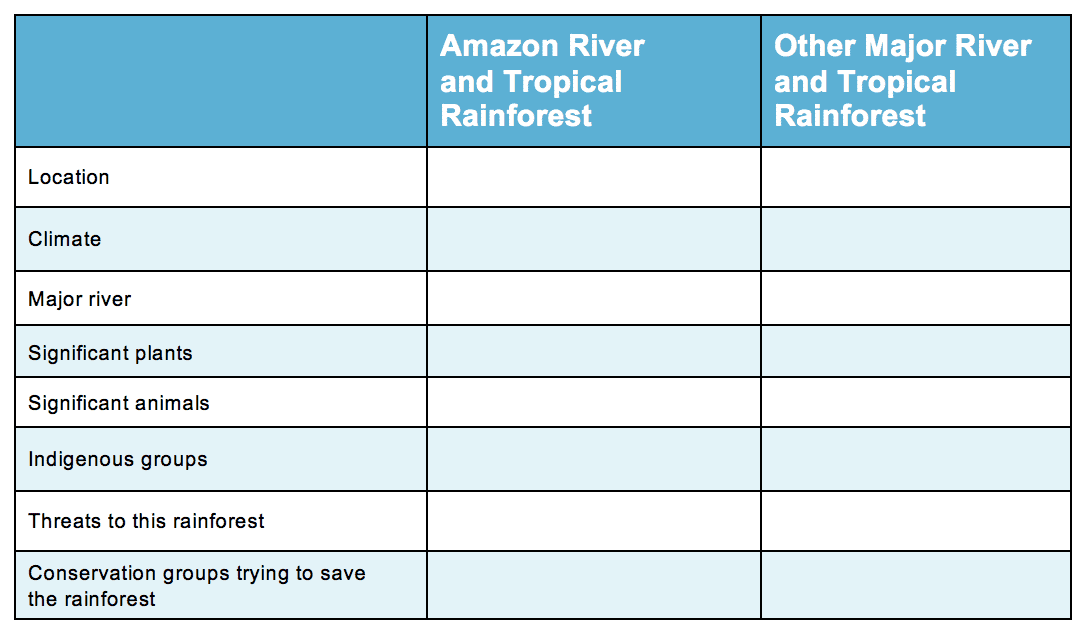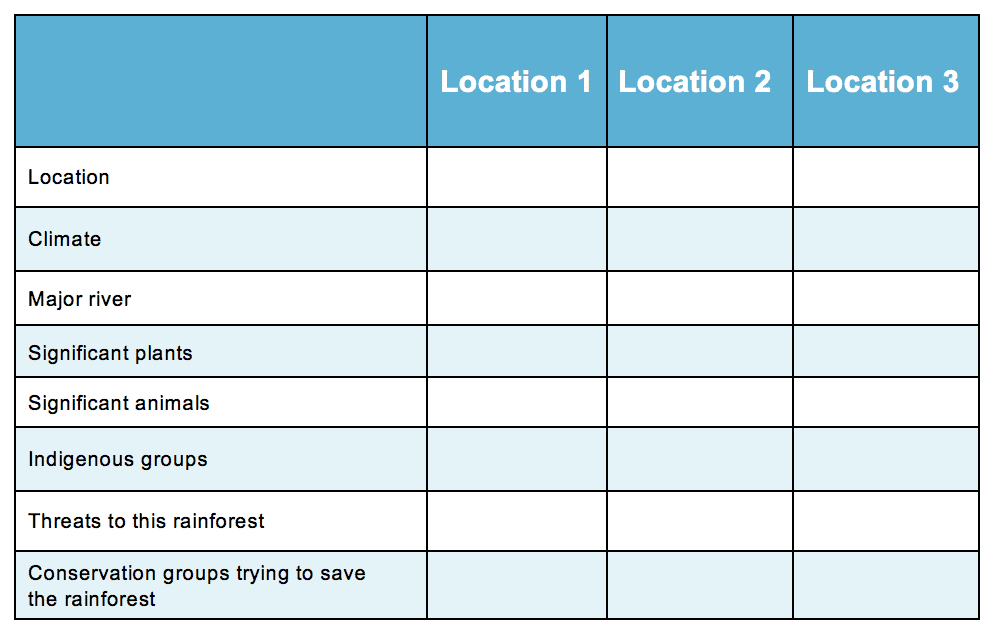Information for Teachers
Curriculum links
This investigation is linked to the following Grade 5 Next Generation Science Standards and C3 Social Studies Standards for Grades 3–5.
ESS2A: Earth materials and systems
Earth’s major systems are the geosphere, hydrosphere, atmosphere, biosphere. These systems interact in multiple ways to affect Earth’s surface materials and processes (5-ESS2-1)
ESS2.C: The Roles of Water in Earth’s Surface Processes
Nearly all of Earth’s available water is in the ocean. Most freshwater is in glaciers or underground; only a tiny fraction is in streams, lakes, wetlands, and the atmosphere (5- ESS2-2)
LS1.C: Organization for matter and energy flow in organisms
Food provides animals with the materials they need for body repair and growth and the energy they need to maintain body warmth and for motion (5-PS3-1)
LS2.A: Interdependent relationships in ecosystems
The food of almost any kind of animal can be traced back to plants. A healthy ecosystem is one in which multiple species of different types are each able to meet their needs in a relatively stable web of life. Newly introduced species can damage the balance of an ecosystem (5-LS2-1)
ESS3.C: Human impacts in Earth systems
Human activities in agriculture, fisheries, and everyday life have had major effects on the land, vegetation, streams, ocean, and air. Communities are doing things to protect Earth’s resource and environments (5-ESS3-1)
D2. Geo.3.3-5. Use maps, satellite images/photographs to explain the relationship between the location of places and regions and their environmental characteristics
How to search the internet
1 Keep your request short
Fewer words will give a more accurate search.
2 Choose exactly what you want
For example: Arctic Circle Climate
3 Use quotes
Double quotes around a set of words tell the search engine to consider those exact words in that exact order without any change. For example: “Arctic Circle Climate”
4 Use the plus sign (+)
If you add a plus sign (+) between words, the internet will search for all the words. For example: migrate+birds+whales+mammal
5 Use the minus sign (–) to say what you don’t want
Use a minus sign (–) to show words you do not want to appear in your results. For example: if you search for burrowing animals and do not want mammals in your search, –mammals will exclude mammals. Note that you need to put a space before the minus sign for the word to be excluded.
6 Be very clear about what you don’t want
Part 1
Ask questions and define problems
After reading Saving the Amazon River, you may have many questions about rivers that support large rainforests and the location of the world’s other major rainforests.
List your questions.
- Compare your list with questions that others have.
- Choose a question you would like to investigate.
- You can work alone, with a partner or in a small group.
You may want to choose one or more of these questions to investigate
Q1. Why are freshwater rivers important to the planet?
Q2. What are the particular features of rainforests?
Q3. What do rainforests support?
Q4. What is being done by groups to save rainforests?
Go to Part 2 Investigate →Part 2
Investigate
Helpful websites
You may want to use websites to help with your investigations.
You may want to learn more about the Amazon River. You can do a search by naming this river and adding a topic like Amazon River+location, Amazon River+climate, Amazon River+rainforest+animals
Other search topics could be Amazon River+threats or Amazon River+threats+conservation
Congo River Basin
Kapuas River Rainforest, Indonesia
Borneo+deforestation
Go to Part 3 Record data →Part 3
Record data
Find a way of recording your information that will allow you to see any patterns in the data.
Data Chart for Saving the Amazon River
 Download Chart
Download Chart
Go to Part 4 Organize, analyze, and interpret data →
Part 4
Organize, analyze, and interpret data
1. Look over the information you have gathered and the patterns you have found.
Why is this river and its rainforest important?
2. Search for more patterns after investigating other rainforests.
What are the particular features of rainforests?
What do rainforest support?
What is being done by groups to save rainforests?
3. Makes notes about what you find.
Go to Part 5 Present and share →Part 5
Present and share
Look over all of the information that you have gathered in your investigation.
What are the most important ideas about tropical rainforests?
Make a chart showing the most important ideas.
 Download Chart
Download Chart
 Download Chart
Download Chart
← Return to menu